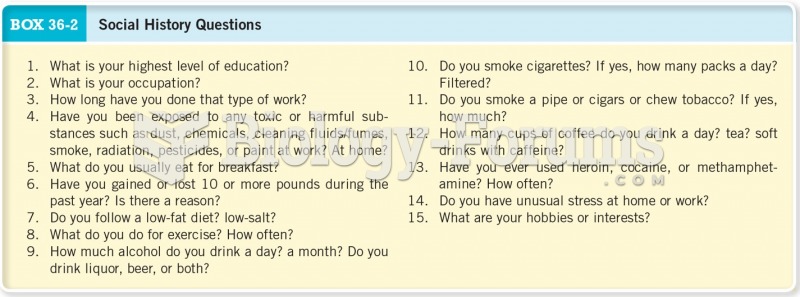This topic contains a solution. Click here to go to the answer
|
|
|
Did you know?
There are immediate benefits of chiropractic adjustments that are visible via magnetic resonance imaging (MRI). It shows that spinal manipulation therapy is effective in decreasing pain and increasing the gaps between the vertebrae, reducing pressure that leads to pain.
Did you know?
The Babylonians wrote numbers in a system that used 60 as the base value rather than the number 10. They did not have a symbol for "zero."
Did you know?
It is difficult to obtain enough calcium without consuming milk or other dairy foods.
Did you know?
The average human gut is home to perhaps 500 to 1,000 different species of bacteria.
Did you know?
If you could remove all of your skin, it would weigh up to 5 pounds.







